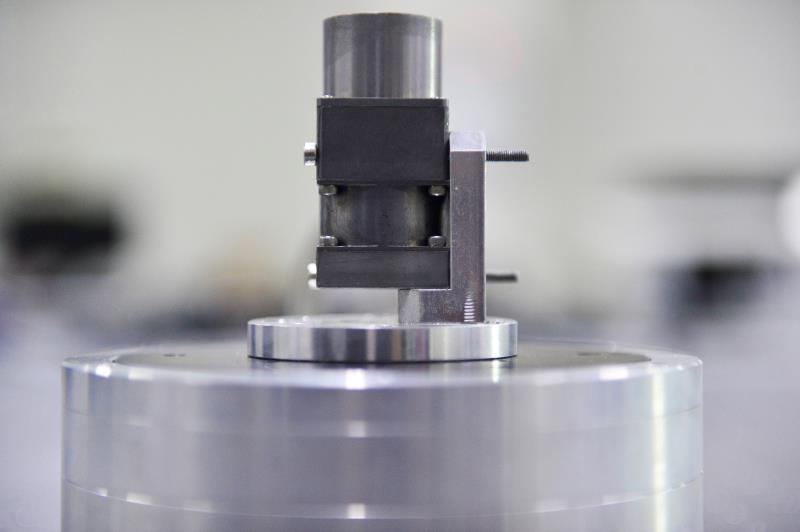
Professor Li Xingfei and his team at Tianjin University (TJU) have made a breakthrough in long-distance laser beam acquisition, tracking, and pointing. The magnetohydrodynamic (MHD) angular rate sensor developed by the team has been authorized as one of the key electronic devices to be tested in following spaceflight at the China Academy of Space Technology.
The team applies MHD to angular rate sensing. With the help of inertial stabilization platform technology, they make great progress in long-distance laser beam acquisition, tracking, and pointing through a micro-radian level jitter disturbances signal pick-up and effective feedback control system. Their achievements fill the gap in domestic micro-angular vibration measurement in the field of on-orbit sensing.
The laser dazzles the audience in Star Wars but in the real world, angular vibration sources which are beyond the reach of the human eye will directly interfere with laser aiming and tracking. As an old saying goes, a miss is as good as a mile. Although the amplitude of these sources is under the submicroradian level, it is powerful enough to bring a laser beam traveling between the Earth and the Moon off- target.
Angle is generally thought to be measured by degree. But in the microscopic world, one degree is equal to 60 arc minutes, or 3,600 arc seconds; one microradian is equal to 0.2 arc seconds and one submicroradian is even smaller. Micro-angular vibration in orbit refers to a broadband and high-frequency angular displacement on the order of 10 microradians to 10-2 microradians generated by the normal operation of the rotating component in spacecraft. The small amplitude and high frequency of environmental effects of micro-vibration mechanics will not have a significant impact on most spacecraft. However, high-resolution remote sensing satellites for ground observation, remote sensing spacecraft for deep space exploration, deep space laser communication satellites and other high-precision spacecraft require higher attitude control accuracy and stability. The environmental effects of micro-vibration mechanics will seriously affect the pointing precision and attitude stability of spacecraft and payloads.
Compared with other sensors, the MHD micro-angular vibration sensor, with lower noise, larger bandwidth, lighter weight, longer life and higher survivable shock limits, is more suitable for spatial micro-vibration measurement. It is a key sensor in the future development of frontier technologies such as deep space laser communication.
In order to meet the needs of precision sensing and control of spacecraft motion in orbit, the team designed a micro-angular vibration sensor based on MHD, mastered a design method of wideband inertial stabilization platform based on MHD sensing and independently developed their own equipment including design simulation, manufacturing and testing. Their achievement provides a powerful guarantee for high-precision spacecraft vibration modeling and enables China to reach the international level of advancement in the field of submicroradian angular vibration sensing. It also lays a foundation for further development of sensing and control in deep space laser communications, directed energy weapons (DEW), large-scale space laser applications and other scientific fields.
By: Deng Xiaoxuan
Editors: Sun Xiaofang, Keith Harrington






